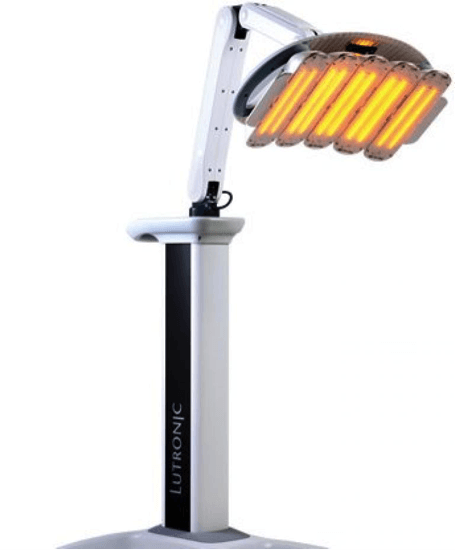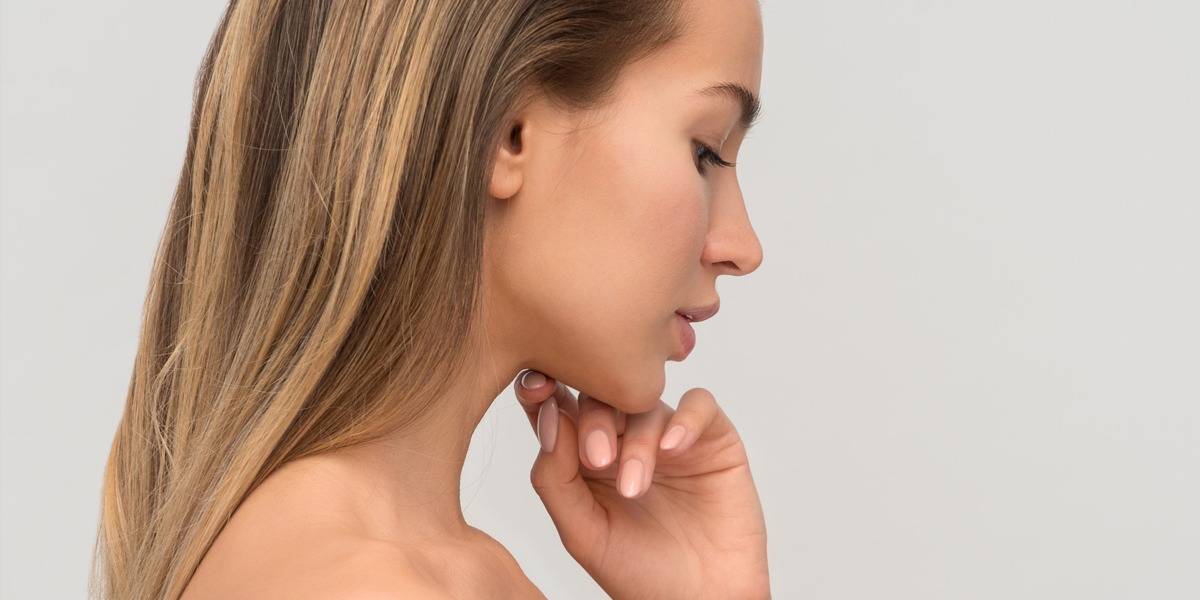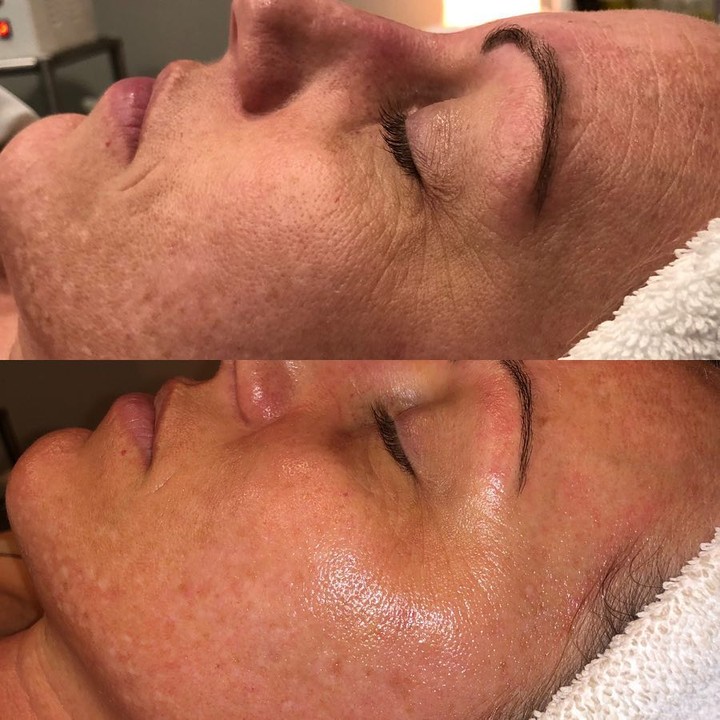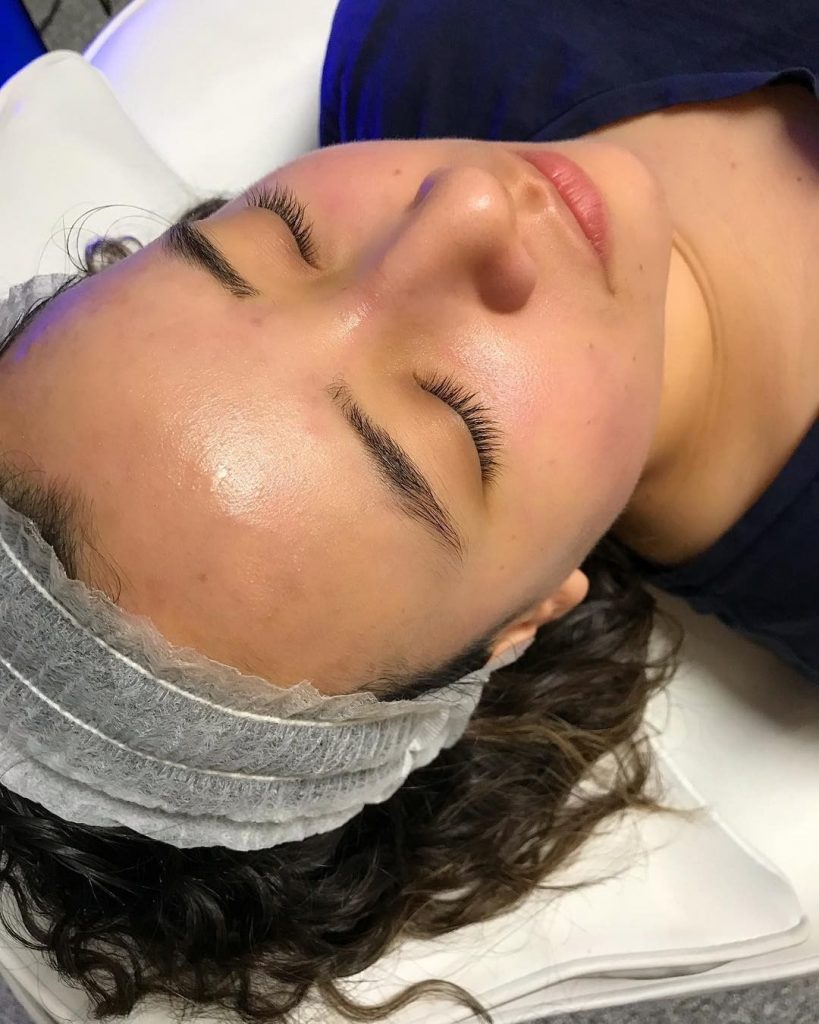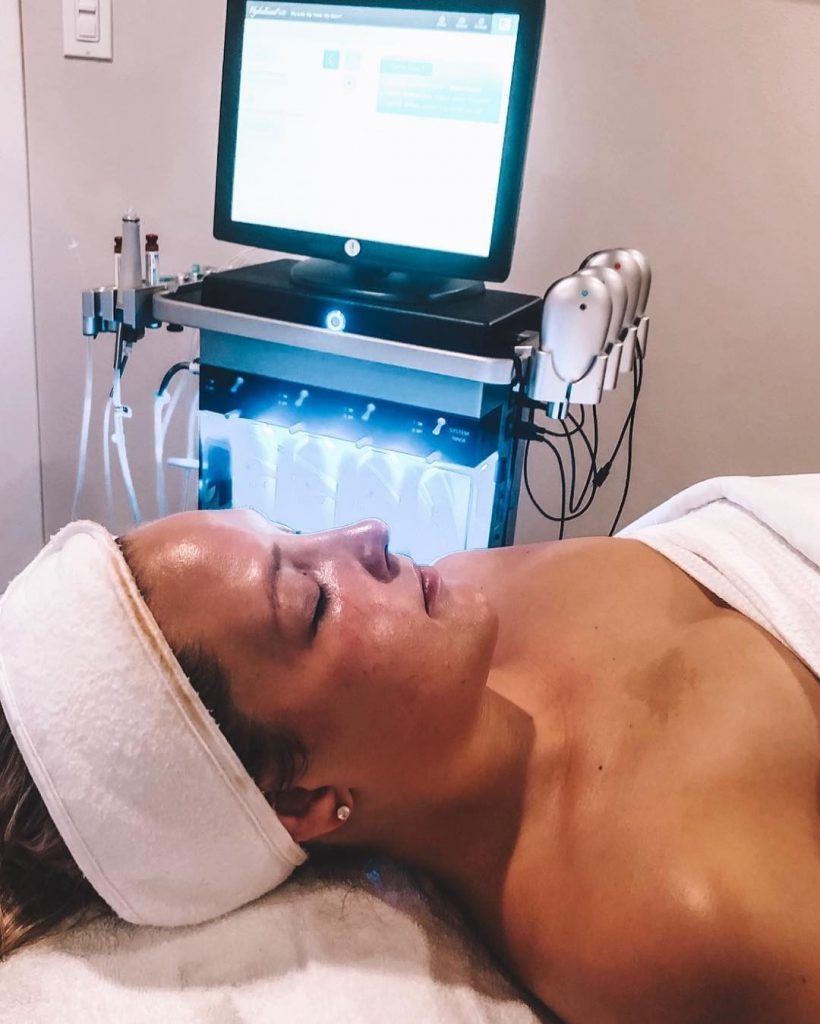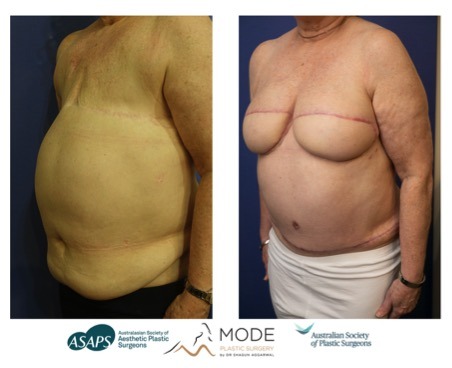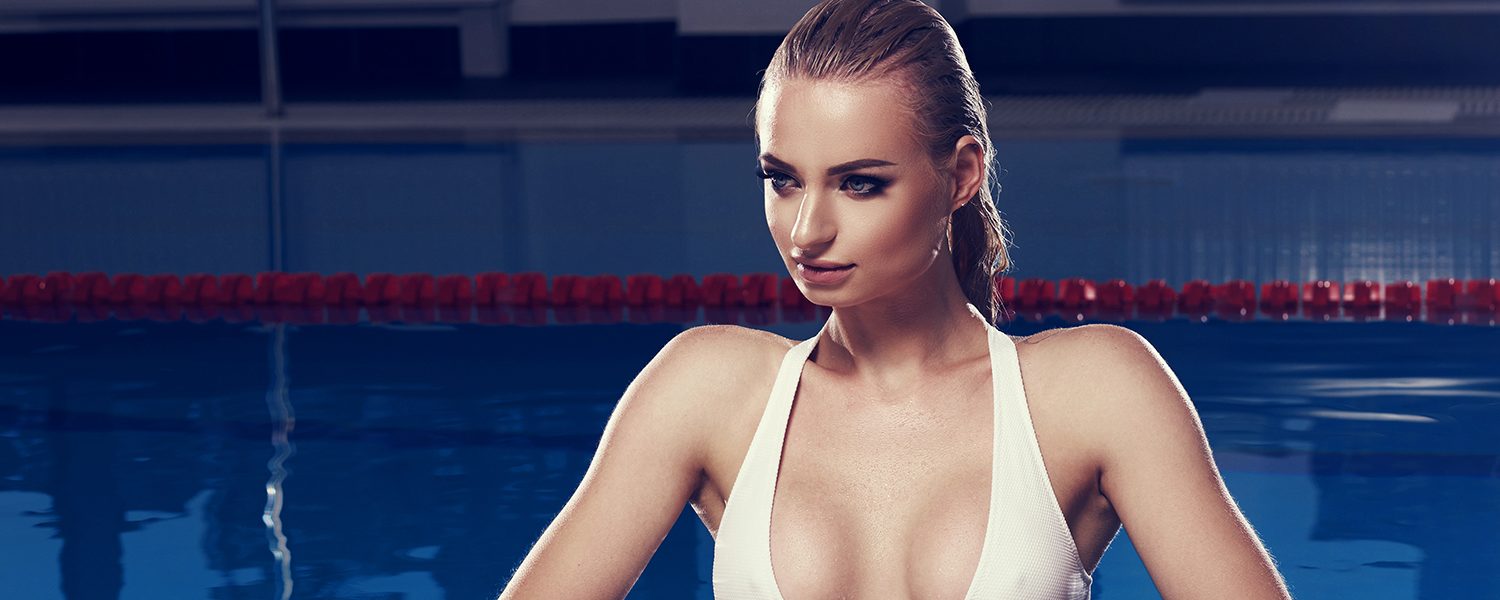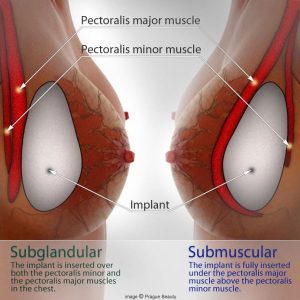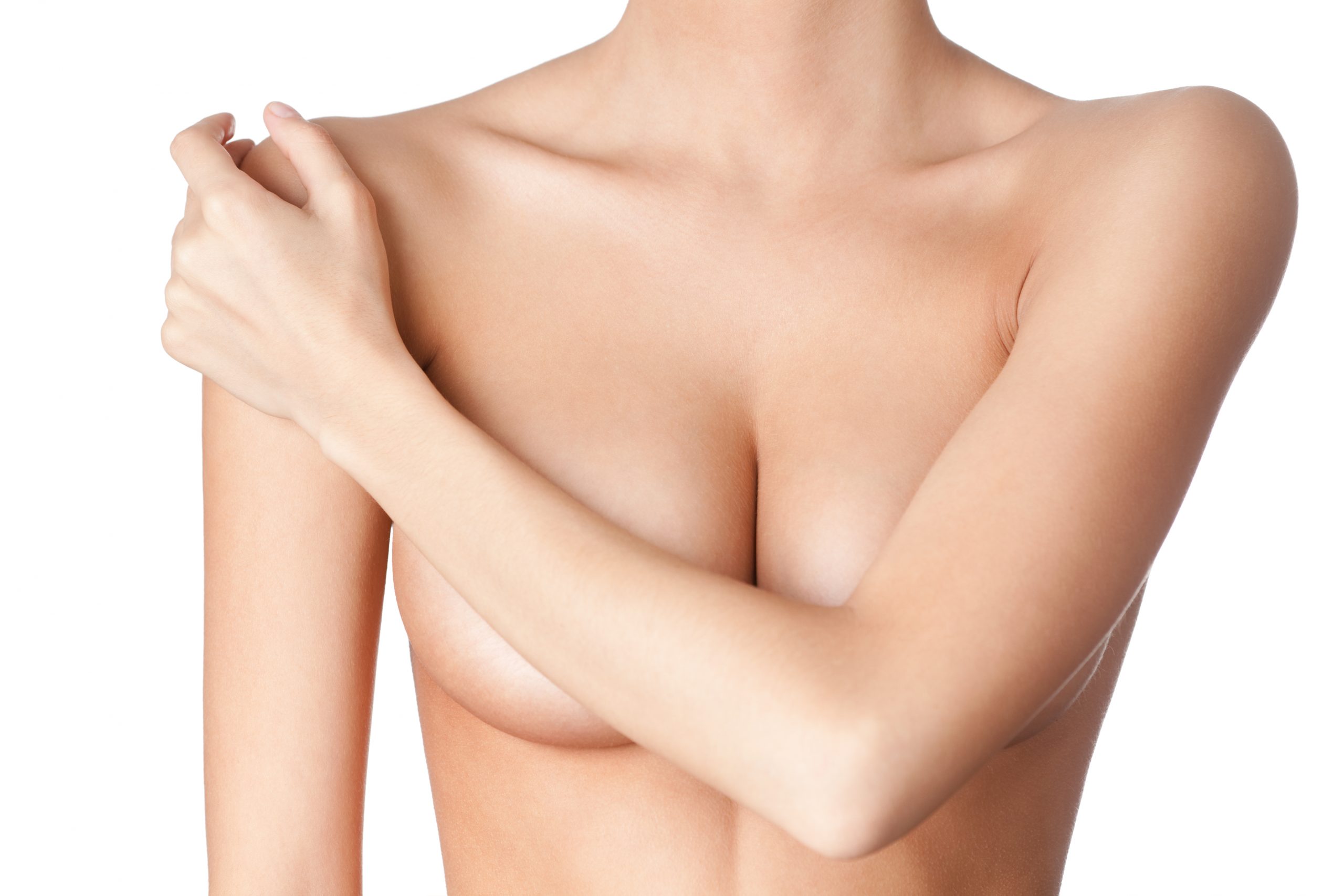North Shore / Sydney LED Light therapy
North Shore / Sydney Healite II LED therapy
LED Light facial / LED light hydrafacial
Find the answers to your questions here:
PART 1
What is led light therapy?
What are the benefits of LED light therapy?
What is led yellow light therapy?
What is led blue light therapy?
What is the cost of LED light therapy?
Is led light therapy safe?
PART 2
I have dark skin, can I get LED light treatment?
How many treatments will I need?
How long are LED light treatments?
Can I have LED light treatments while I am pregnant?
Can LED light be used for post-surgical scarring?
What is the downtime after LED light therapy?
Is there any pre-treatment advice before a LED light treatment?
Is there any post-treatment advice after a LED light treatment?
Can LED light therapy used with other treatments?
Does led light / Healite II therapy really work?
How does Healite II compare to other LED light treatments?
How long does led light therapy to take to work?
What does LED light treatment feel like?
I have dark skin, can I get LED light treatment?
Yes, LED light therapy can be used for all skin types.
How many treatments will I need?
The number of treatments required will depend on your individual goals, which will be discussed during your initial consultation. Typically, clients are treated two times per week over a period of time and many clients see and feel results after just one treatment.
How long are LED light treatments?
Relatively short, depending on your individual treatment plan. Typical treatments are fast and effective, lasting between 10 and 20 minutes.
Can I have LED light treatments while I am pregnant?
LED Light Therapy is safe if you a pregnant or breastfeeding – so you can have glowing, fresh rejuvenated yummy-mummy skin! This non-invasive, pain-free treatment is friendly for all skin tones, types and conditions.
Can LED light be used for post-surgical scarring?
Yes, LED Light Therapy was initially developed to aid in the recovery of wounds and post-surgery scars, without the harmful use of radiation. Now, you can undergo LED Light Therapy to assist with pain relief, superficial skin lesions, rosacea, burns or simply as an addition to your advanced skin care regimen.
What is the downtime after LED light therapy?
There isn’t any downtime from the standalone LED treatment.
Your skin may feel slightly flushed and warm for 15-30mins after your treatment but you can go about your normally daily activities without worrying about downtime. In fact, Healite II LED Light Therapy can greatly reduce the downtime of other treatments such as peels, laser treatment, injectables and plastic surgical procedures.
Is there any pre-treatment advice before a LED light treatment?
· Start by booking a consultation with our Practice Nurse, to determine the type of treatment appropriate for your skin type.
· You can come in with or without makeup.
· Avoid any sun exposure before and after your LED Light Therapy treatment.
· Prepare your skin prior to your treatment by using our medical grade skin care from the Skincare company (we can provide some tester pots). Skin in good condition will see faster and better results.
Is there any post-treatment advice after a LED light treatment?
· Use fresh, active medical grade skincare that has been recommended by our practice nurse.
· Keep your skin as hydrated as possible by using our hydrating serums and masks.
· To accelerate and enhance your results exfoliate after 2-3 days using a professional exfoliant.
· Wear a professional-grade SPF throughout your course of treatments.
· Try not to touch your skin after your advanced skin treatment.
Can LED light therapy used with other treatments?
Yes, LED light therapy is often combined with other treatments.
o Hydrafacial
LED light is an excellent complement to the effects of Hydrafacial. It can be added to the signature hydrafacial for $49 or step up to the Deluxe Hydrafacial and it becomes part of the package
o Chemical Peel
LED light will complement the skin rejuvenation, exfoliation and tightening that our medi-facials offer. Add on for $49 for yellow light or $69 for blue LED light.
o Mode Medificals
LED light will complement the skin rejuvenation, exfoliation and tightening that our medi-facials offer.Add on for $49 for yellow light or $69 for blue LED light.
o Antiwrinkle or filler injections
LED light can be used safely after our injectable treatments to reduce inflammation and bruising
o Plastic surgery procedures
We routinely employ LED light therapy in the management of post operative bruising and swelling for our most popular cosmetic procedures such as face and neck lift, abdominoplasty, and brast reduction, lift or augmentation.
o You can expect surgical recovery times to increase by up to 53% faster than without Healite.
Does led light / Healite II therapy really work?
Healite II LED light therapy absolutely work. We only employ treatments at Mode Plastic Surgery that have an evidence base as to their effectiveness. The Healite II is TGA listed and there are conducted trials & clinical studies to back up their results. To see the published literature associated with Healite II click here.
The Healite II panels contain over 1800 LED lights. Each individual LED is programmed to a set wavelength of light to be clinically proven to penetrate to the deepest layers of the skin.
How does Healite II compare to other LED light treatments?
There are many different types of LED machines that are used in skin clinics. Healite II was created by Dr Glen Calderhead, who is recognised as the pioneer in LED technology for skincare. Healite II utilises second generation technology including photo-sequencing & Optic Lens Array technologies. These additions mean the results we can help you achieve with your skin & Healite II are more significant than with any other LED machine. This is why we selected the Healite II as our choice for LED Light treatments at Mode Plastic Surgery.
How long does led light therapy to take to work?
You can expect to see results in two stages:
o 1. Immediate – patients usually report an immediate sense of well being and glowing skin due to the increase of blood flow.
o 2. Progressive – over a period of 12 weeks your skin quality improves due to the stimulating effect and improved collagen levels.
What does LED light treatment feel like?
The treatments are very comfortable. You will feel warm energy coming from the Healite II LED panels above you, and it is very easy to relax under the light.
For more information come see us at Mode Plastic Surgery. Contact us on 1300 80 9000, or email us at info@modeplasticsurgery.com.au for bookings or further information.


